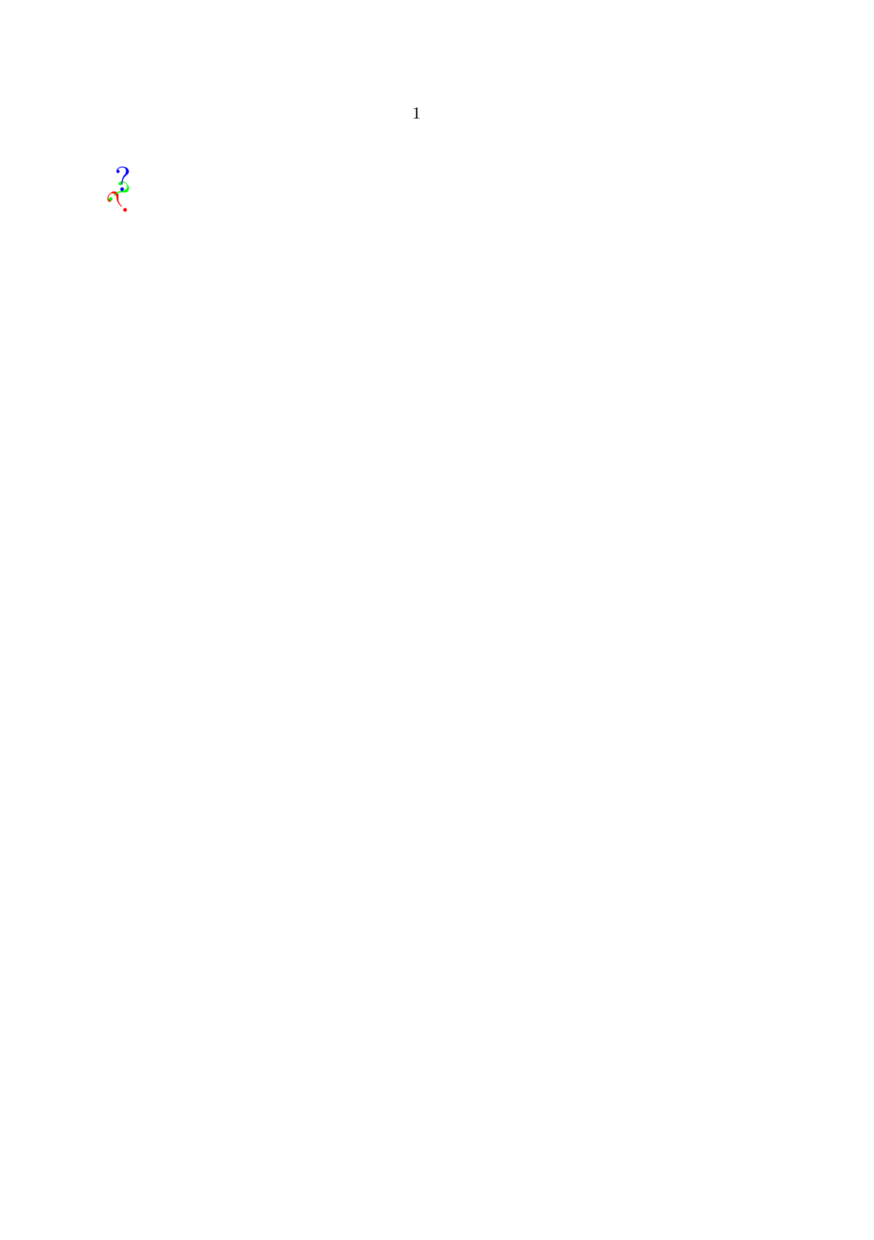Widgets
< Visuals | Interaction >
You can find more about interactive form elements in Widgets uncovered. It’s written for MkII, but still mostly valid.
At the moment all of the following examples are from mwidget manual. We will cook up our own later.
JavaScript
If you need to check or otherwise process the input of your forms, you need JavaScript to handle interaction. For simple forms without input validation, you can skip this section.
\startJSpreamble {name} MyCounter = 0 ; \stopJSpreamble \startJScode {increment} MyCounter = MyCounter + 1 ; // or: ++MyCounter ; \stopJScode \goto {advance by one} [JS(increment)]
You can pass values to a JS function:
\startJScode {increment} MyCounter = MyCounter + JS_V_1 ; \stopJScode \goto {advance by five} [JS(increment{V{5}})]
- V{} is verbose, defaults to string
- S{} = as string
- R{} = as reference
- JS_V_n, JS_S_n, JS_R_n are the names of the variables
- JS_N keeps the number of arguments
Fields
 |
Someone thinks this entry needs some more explanation. | (See: Needs Explanation?, To-Do List.) |
Relevant commands:
- \setupfield, \setupfields
- \definefield[name][type][setup name][content values][default content]
- \field[name]
- \fillinfield
- \fillinline
- \fillintext
- \fillinrules
Field types:
- line: one line of text
- text: more lines of text
- radio: radiobutton (only one of a group can be active)
- check: checkbox
Beware, for fillinfields in MkIV you need \usemodule[fields]!
They’re meant for clozes (texts with gaps, like in questionnaires).
Other fields you must first define and then use. That might look complicated, but you can use the same field several times, and the contents will automatically repeat themselves if you need the same content at several places, even on different pages.
Text Entries
\fillinfield[name]{text that defines field length}
or
\setupfield[ShortLine][horizontal][width=2cm] \definefield [Email] [line] [ShortLine] [] [sample@contextgarden.net] \field [Email] [your email]

Radiobuttons
Sample from the manual:
\setupfield [LogoSetup] [width=4cm, height=4cm, frame=off, background=screen] \definefield[Logos] [radio] [LogoSetup][ConTeXt,PPCHTEX,TeXUtil] [PPCHTEX] \definesubfield [ConTeXt] [] [ConTeXtLogo] \definesubfield [PPCHTEX] [] [PPCHTEXLogo] \definesubfield [TeXUtil] [] [TeXUtilLogo] \definesymbol [ConTeXtLogo] [{\externalfigure[mpcont.502]}] \definesymbol [PPCHTEXLogo] [{\externalfigure[mpcont.503]}] \definesymbol [TeXUtilLogo] [{\externalfigure[mpcont.504]}] \hbox to \hsize{\hss\field[ConTeXt]\hss\field[PPCHTEX]\hss\field[TeXUtil]\hss}
Checkboxes
\setupfield[setup 3] [width=2cm, height=2cm, rulethickness=3pt, corner=round, framecolor=red] \definesymbol [yes] [{\externalfigure[mpcont.502]}] \definesymbol [no] [] \definefield [checkme][check] [setup 3] [yes,no] [no] \field[checkme]
Tricks
This helps debugging (MkII only!):
\tracefieldstrue \showfields % typeset a table of field relations \logfields % logs field descriptions to a file fields.log
Samples
- Midgard PC sheet (RPG character sheet with lots of text fields in tables)